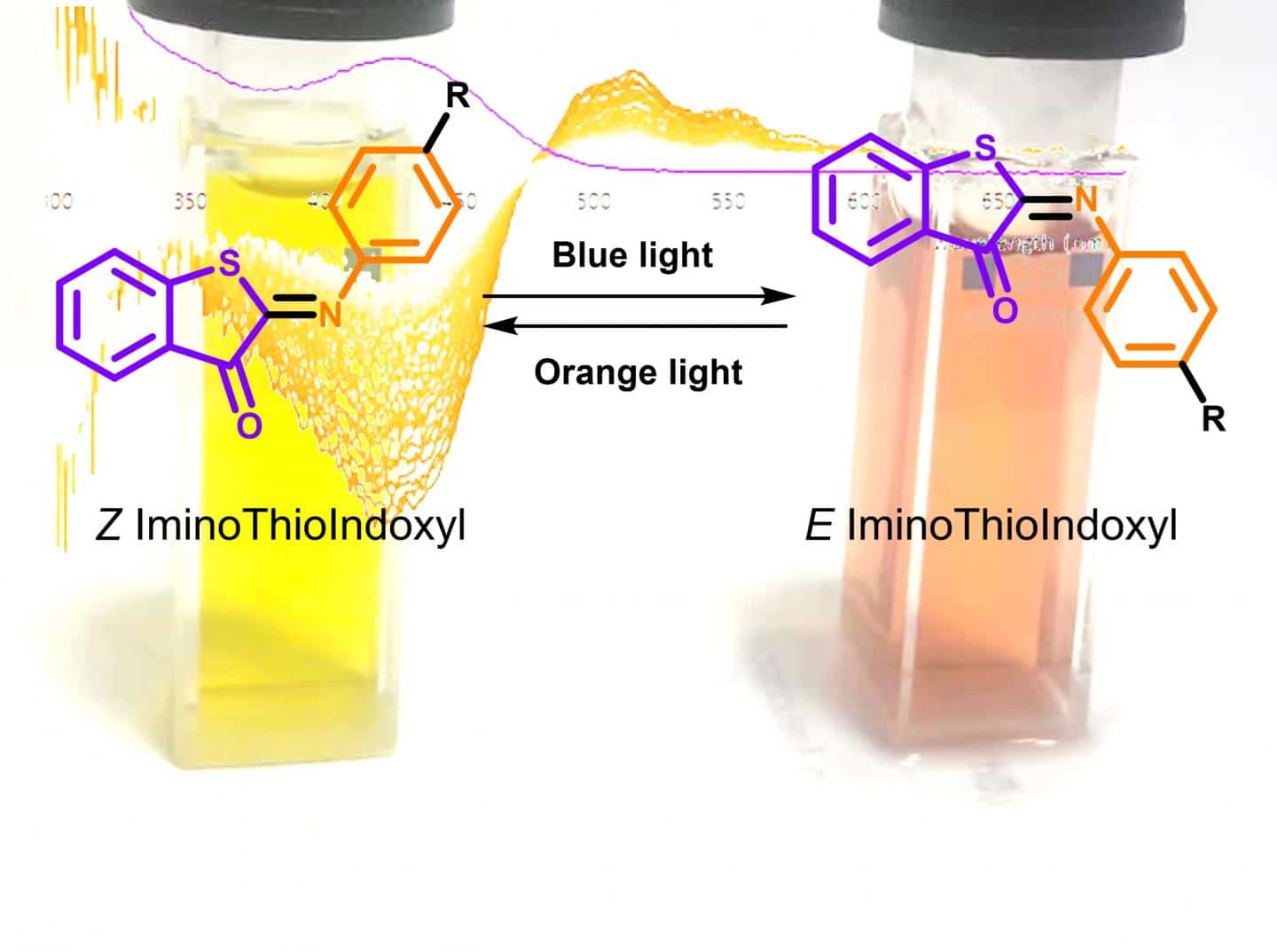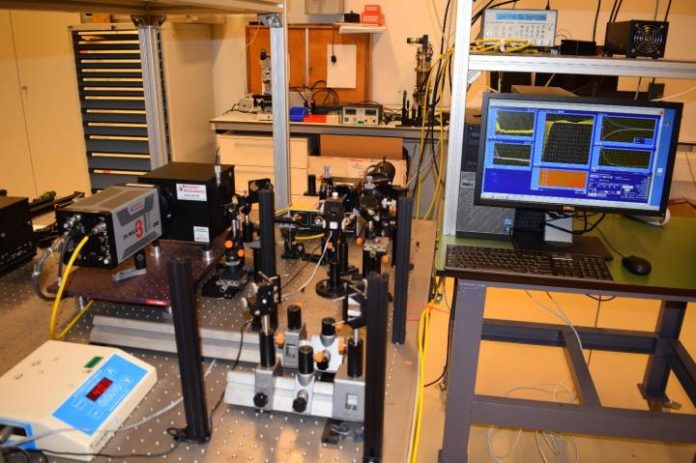Light is an exceptional external stimulus for establishing precise control over the properties and functions of chemical and biological systems, which is enabled through the use of molecular photoswitches. Ideal photoswitches are operated with visible light only, show a large separation of absorption bands and are functional in various solvents including water, posing an unmet challenge. Scientists have recently come up with an entirely new class of molecular photoswitches that meets all these requirements.
In today’s macroscopic era, we use switches that switch a device on or off based on our requirement. Having such control is like one of the holy grails at the molecular scale. Molecular photoswitches are in this respect of particular interest as they allow for a non-invasive and localized means to activate, for example, a drug where and when it is needed.
However, the switches use toxic ultraviolet light for their operation rather than harmless visible light, which is a show-stopper from a medical settings point of view. In addition, they can not be switched from one state to the other, and normally do not function under physiological conditions of the human body.
Absorption bands describe which wavelengths of light are needed for switching. When the absorption bands of the ‘on’ and ‘off’ state overlap, switching between the two states requires light of the same wavelength, which is very ineffective.

CREDIT
Wiktor Szymanski, University of Groningen Medical Center.
If the absorption bands are, however, well separated switching between the ‘on’ and ‘off’ state can be done with high specificity and efficiency with the light of different wavelengths. Molecular switches that would meet such requirements are thus highly sought after, but up till now, nobody has been able to come up with a suitable design.
Molecular switches mainly consist of two chemical motifs called Thioindigo and azobenzene albeit the switches suffer from the previously mentioned drawbacks.
Dr. Wiktor Szymanski at the University Medical Center Groningen realized that a fusion of these two should also be able to function as a photoswitch, and -similar to crossbreeding- would very likely have improved properties compared to its ‘parents’.
During the experiments, the initial results were very disappointing.
Mark Hoorens, the Ph.D. student at the UMCG who synthesized the iminothioindoxyl (ITI) compound and tried to switch it said, “We didn’t see any change in the absorption spectrum when we irradiated it, nothing seemed to happen. We, therefore, lost interest in this compound and went on with other research.”
At the 2017 International Symposium on Photopharmacology organized in Groningen, the group discussed their results with scientists of the Molecular Photonics group at the University of Amsterdam. Based on that discussion it was concluded that it might be worthwhile to repeat the irradiation experiments using the facilities at the University of Amsterdam which have a better time resolution.
Mark Hoorens and Michiel Hilbers (UvA) said, “At first, we did not believe our eyes. We saw a completely separated absorption band appear 100 nm to the red of the steady-state absorption band of ITI with a lifetime of about 10 to 20 milliseconds and in the first instance even suspected that we were looking at contamination in the sample. One of its ‘parents’ absorbs in the UV region and has band separation, while the other parent absorbs in the visible light region but does not have good band separation.”
Dr. Mariangela Di Donato at the European Laboratory of Non-Linear Spectroscopy allowed for further mechanistic studies said, “The new switch has the best of both. Such properties have never before been observed in a photoswitch. Follow-up experiments confirmed that ITI is indeed the fully-visible-light switch the scientists were looking for. From these studies, it became clear that ITI switches on an ultrafast timescale of a few hundreds of femtoseconds, similar to how fast the visual pigment in our eyes is switched when light falls on it.”
Dr. Adèle Laurent (University of Nantes) and dr. Miroslav Medved’ (Palacky University in Olomouc) said, “These calculations predicted absorption maxima of the two photo-isomers that were very similar to those observed experimentally, but also a barrier for switching back to the original form that fitted excellently the observed lifetime. In the first instance, we were quite puzzled by this gigantic 100 nm band separation, but our calculations now provide a logical explanation for this. What is even better is that they allow us to predict how ITI can be modified to meet the specific requirements of its users.”
The study is published in the journal Nature Communications.
